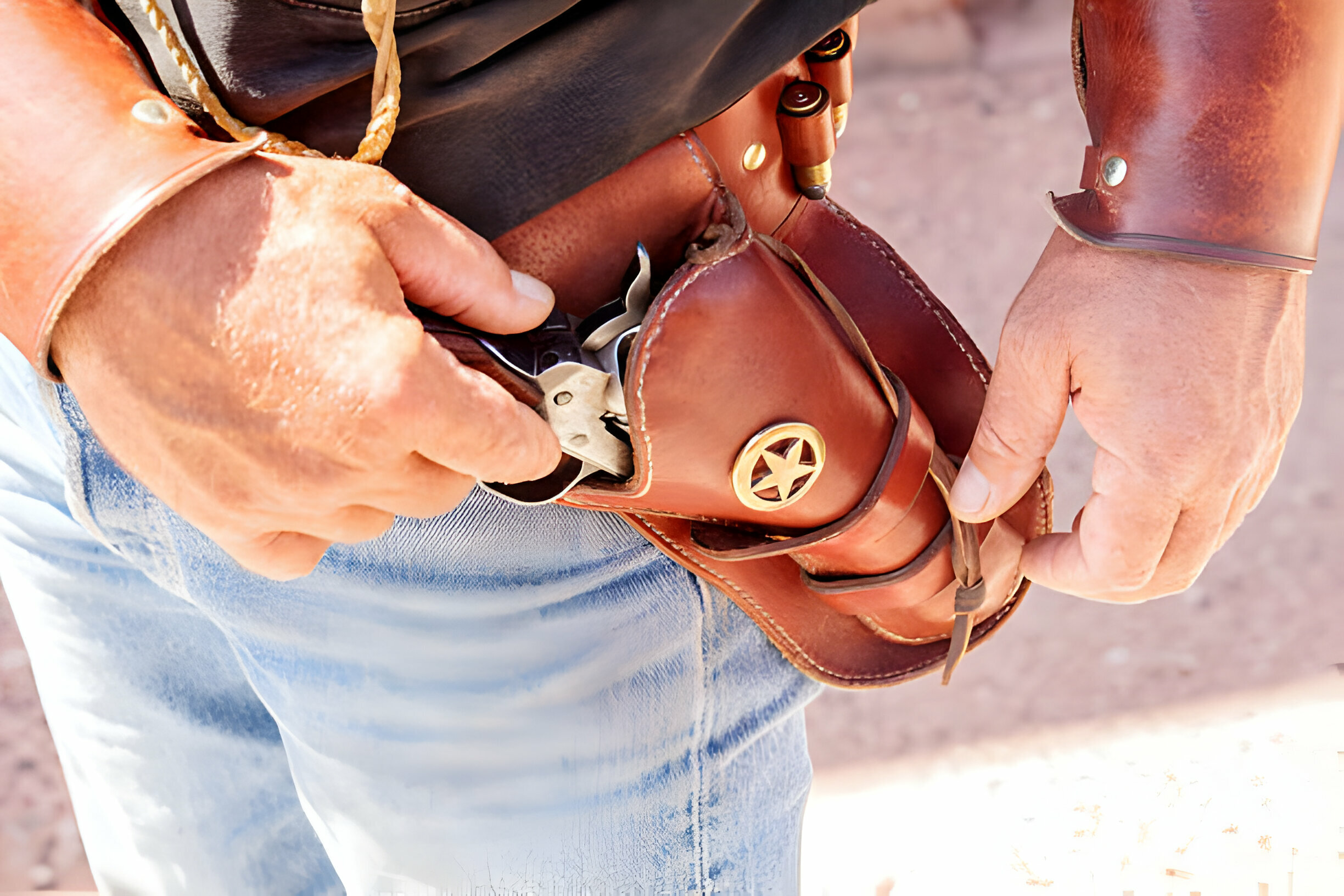
FAQs
- Can I adjust the tightness of the locking mechanism?
- Are locking leather holsters suitable for concealed carry?
- How do I know if a holster fits my gun model?
- Can a locking leather holster be worn for extended periods?
- What’s the best way to break in a new leather holster?
This structured approach ensures a deep dive into the subject, providing readers with a comprehensive understanding of locking leather holsters, their importance, and how to select and care for them. The article is designed to be informative, engaging, and valuable for anyone interested in this essential accessory for firearm owners.
FAQs on Locking Leather Holsters
1. Can I adjust the tightness of the locking mechanism?
Yes, many locking leather holsters come with adjustable retention features, allowing users to modify the tightness of the locking mechanism. This adjustability ensures that the holster provides a secure fit for the firearm while allowing for smooth draw and re-holstering actions. Retention screws are a common method used to adjust tightness. By tightening or loosening these screws, you can find the perfect balance between security and accessibility for your specific needs.
2. Are locking leather holsters suitable for concealed carry?
Absolutely. Locking leather holsters are designed with both security and concealment in mind. Many models feature a slim profile and are crafted to fit snugly against the body, making them ideal for concealed carry. When selecting a holster for concealed carry, consider its size, shape, and the type of clothing you plan to wear. A well-chosen locking leather holster should provide discreet firearm carriage without sacrificing quick access or security.
3. How do I know if a holster fits my gun model?
The best way to ensure a perfect fit is to choose a holster specifically designed for your gun model. Many manufacturers list compatible firearm models for their holsters. If you’re shopping in person, you may be able to test the fit with your firearm. For custom or less common models, consider reaching out to manufacturers who offer bespoke holster services. They can create a holster tailored to your firearm’s exact dimensions, ensuring a secure and precise fit.
4. Can a locking leather holster be worn for extended periods?
Yes, with the right design and fit, a locking leather holster can be comfortable for all-day wear. Look for holsters with features designed to enhance comfort, such as padded backings or those that distribute the weight of the firearm evenly. The quality of the leather also plays a significant role in comfort; softer leathers that conform to the body over time can make extended wear more comfortable. It’s important to wear the holster in different situations to ensure it remains comfortable and functional throughout the day.
5. What’s the best way to break in a new leather holster?
Breaking in a new leather holster can improve its fit and comfort. Start by wrapping your unloaded firearm in a thin plastic bag and inserting it into the holster. Leave it overnight to gently stretch the leather. Repeat this process if necessary, but avoid overstretching. Regular use will naturally break in the holster, conforming it to the shape of your firearm and body. Leather conditioners can also be applied to soften and protect the leather, but use them sparingly and according to the manufacturer’s instructions to avoid oversoftening the leather.
These FAQs aim to address common concerns and provide practical advice for those interested in locking leather holsters, ensuring readers are well-informed about their options and how to best use and maintain their holsters.






